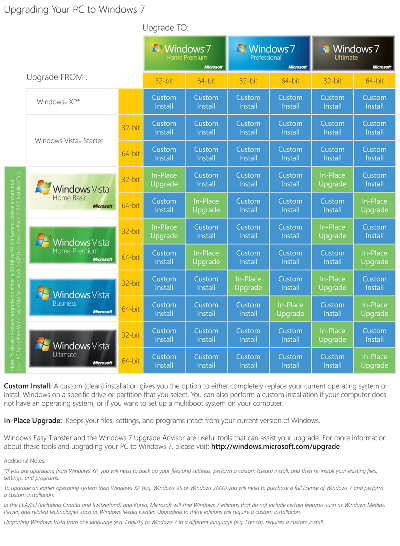How This Thirty-Something Uses Facebook
Mar 17
Editor’s note: make sure to enter The Soap Boxers’s NCAA pool (last chance, folks). Details can be found here.
Generally, I’m fairly up-to-speed on technology. I’m not in the first batch of early adopters, but I’m generally not too far behind. I really missed the boat on social media, though, dismissing it as irrelevant for years. Eventually, I jumped headfirst into blogging. I’m still not much of a Twitterer – my tweets are mostly notifications of new blog posts. I’d love to tweet more, but Twitter seems to lose out in the time crunch.
I’m also a Facebook user. A couple of years ago, I received an invitation from a longtime friend of mine (thanks for dragging me into Facebook, Amy …) I’m not really a hardcore user, but I do spend time on Facebook when I get the chance. How do I spend my Facebook time?
Mostly, I look for women who are interested in playing Scrabble®. Why just women? Am I using Facebook as some sort of dating service? No, of course not. That behavior would be really unacceptable for a married father of two. However, a significant portion of male players on Facebook are indeed just looking for dirty talk in their Scrabble® games. This seems quite odd to me – why not simply use the actual singles areas of Facebook? In any case, this means that I often end up playing games against women.
Technically, I don’t play Scrabble®, but play Wordscraper instead. Wordscraper is very similar – so similar that Hasbro sued the makers of Wordscraper. Happily, an out of court settlement was reached, and Wordscraper remains alive. There’s also an official Scrabble® game on Facebook, but I like Wordscraper better – the screens seems to render and refresh much more quickly.
How good am I? Sadly, not particularly good. I’d like to think that I know quite a lot of words, but my strategy doesn’t seem to be very good. Part of this is probably the fact that I always try to open the board more, and part is just a deficiency of skill. Who are the good players? I’ve played a lot of games against Johnny Goodman, and he’s quite dominant. Gabe Tyndal is really good too. I haven’t played enough games against Gabe to determine is he’s at Johnny’s level or not. My chiropractor, Doc Schroeder, is also really good – but a notch below Johnny (who, I repeat, is REALLY good).
Catching up with high school friends. About half my high school class is on Facebook now. That allows me to keep up on things that would otherwise elude me. I’m also the creator of a Facebook group for my classmates. I enjoy making people “officers” in the group and assigning them interesting roles. Archduke (that’s me), Countess, Bloodletter, Stable Lad, Arrow Catcher, Ponzologist, we have them all. I currently need to think up roles for a few more people.
Catching up on my favorite TV shows. I am notoriously bad at keeping up with TV shows – TV just doesn’t rank as that high of a priority. However, by becoming a Facebook “fan” of a show, I’m able to get alerts about the show. Oh, hey, I should probably become a fan of NCIS 🙂
Ignoring people. Facebook has a built in chat feature. Although I’m not as popular as some people, with 170 friends on Facebook, it was pretty common to have a half dozen people chatting with me at once. That could be a real trick to juggle, especially as I was trying to do other things on Facebook. I hated telling friends that I didn’t have time for them (seemed a bit rude), so I stay in “offline” mode 99% of the time. (Hey, if you’re a Facebook friend of mine, send me a “message” – I do read the messages in my inbox and reply.)
 RSS
RSS